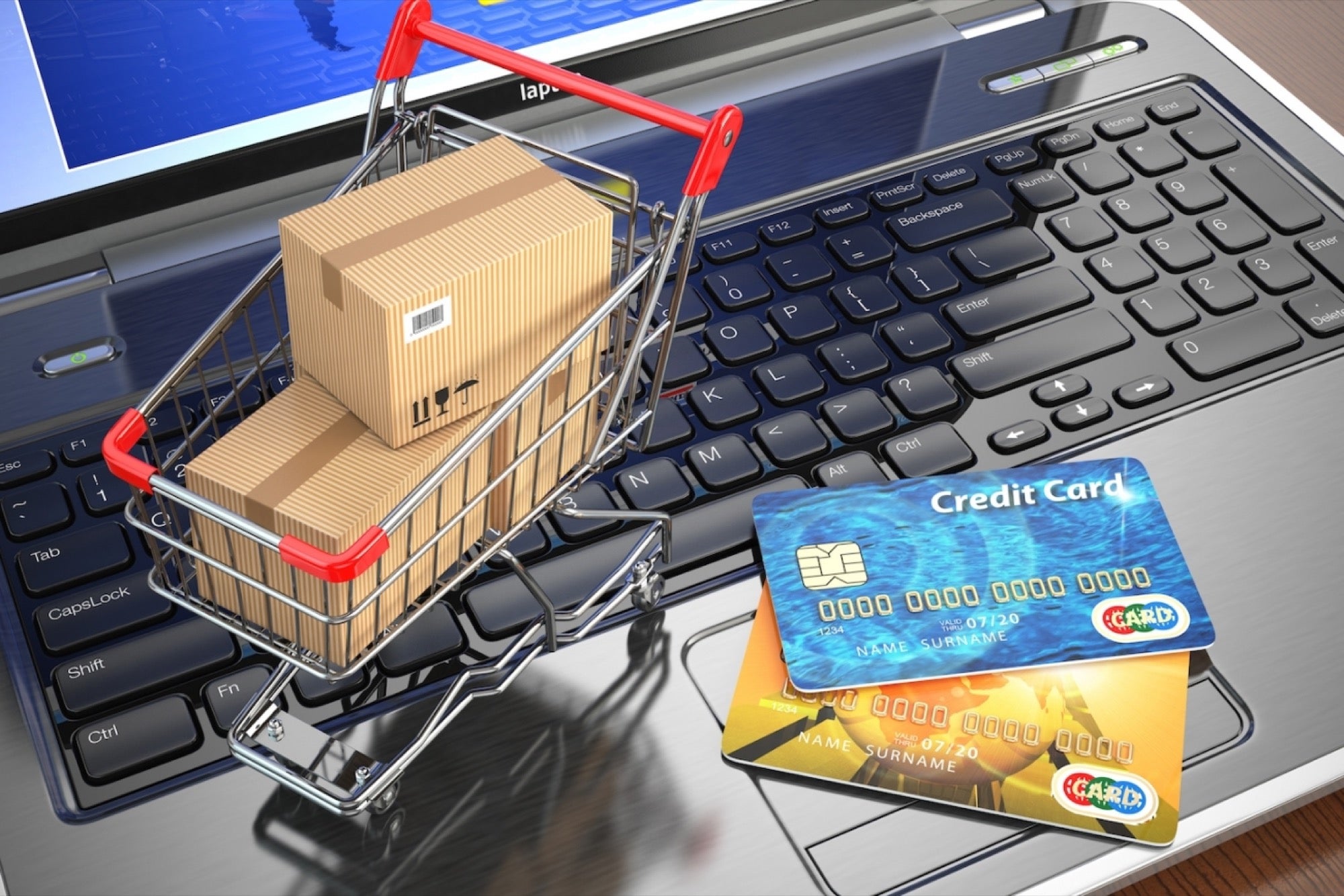Understanding eCommerce And The Fundamentals Of Entrepreneurship Online shopping is as important to urban Indians as snacking or nashta at 5pm.
By Samir Kazi •
Opinions expressed by Entrepreneur contributors are their own.
You're reading Entrepreneur India, an international franchise of Entrepreneur Media.

To understand e-commerce in India, we have to understand the variable factors - mobile telephony, internet and the love for shopping. The average Indian loves to shop. With festivals almost every month, there is a plethora of things needed to buy, and gifts to be sent. With the emergence of the internet, accessibility and speed gained prominence. In addition to this, the burgeoning of mobile telephony which according to TRAI, just touched the 1 billion subscriber base; and now with smart phones, and internet access through 4G e-commerce sites have gained prominence for their convenience and reach. Online shopping is as important to urban Indians as snacking or nashta at 5pm.
The internet scenario – some numbers
IAMAI puts the Indian internet user base to around 354 million (June 2015) and is expected to touch 500M by 2017. This is the second largest user base in world, only behind China (650 million, 48% of population), but the penetration of e-commerce is low compared to markets like the United States (266 M, 84%), or France (54 M, 81%). Although growing at an unprecedented rate, adding around 6 million new entrants every month, the industry consensus is that growth is at an inflection point. For a 1.2 billion population and counting, this base is small. Urban India penetration is growing at a 16 per cent growth rate, while rural India is 17 per cent. IAMAI pegs the increase to local language as being the growth factor.
India is at the threshold of e-commerce burst. What started out as books and jewellery is now groceries, house cleaning, courier services, even pharmaceuticals. India's e-commerce market was worth about $3.9 billion in 2009, it went up to $12.6 billion in 2013. In 2013, the e-retail segment was worth US$2.3 billion. And 70% of India's e-commerce market is travel related.
According to Google India, there were 35 million online shoppers in India in 2014 Q1 and is expected to cross 100 million mark by end of year 2016; a CAGR vis-à-vis a global growth rate of 8–10%. Electronics and Apparel are the biggest categories in terms of sales.
The e-commerce industry – number crunching
ASSOCHAM, a premier industry body in India, notes that e-commerce in the country is likely to be worth $38 billion by 2016, a 67 per cent jump over the $ 23 billion revenues for 2015. It further says that India's e-commerce market went up to $ 17 billion in 2014 and to $ 23 billion in 2015.
By 2020, India is expected to generate $100 billion online retail revenue out of which $35 billion will be through fashion e-commerce. Online apparel sales are set to grow four times in coming years.
By 2030, more than one billion people are expected to be online. And as the mobile telephony industry underestimated the exponential growth of mobile growth, expect that for the e-commerce industry too. India is the fastest growing economy and the largest millennial population - these two make for a heady combination to create an extremely large marketplace.
Fundamentals of entrepreneurship
But the market is booming; and while some sellers are here to stay, it is necessary to understand that there are vital issues to be followed. Most e-commerce sites are essentially entrepreneurial in nature. So understanding how to go about controlling a company is vital. It lies at the basics of entrepreneurship.
Eugen Burdu? in his work "Fundamentals of Entrepreneurship' gives the definition of an entrepreneur as "a person who creates new businesses, taking risks in achieving the objectives which they propose to make profits and growth by identifying some important opportunities."
Hence, an entrepreneur manages important resources, draws from different sources and has a major power to persuade those who hold them or in other words and entrepreneur is "a person with leadership, which take risks to exploit certain opportunities, are based more on their forces, develop its strategy based almost entirely by personal interests".
Personal entrepreneurial qualities include
- Confidence in personal abilities
- Desire for immediate results
- Preference for a moderate risk
- Willingness to assume responsibilities
- High energy
- Vision
- Organising skills
- Desire to achieve, above money making
- High level of commitment
- Tolerance of ambiguity
- Flexibility
- Perseverance.
The fundamental pillar of entrepreneurship, especially in the e-commerce scenario, is a reliable "Customer First' approach. It necessitates that to build an empire that will continue to last eons of time in this roller coaster business of the e-commerce industry, it is necessary to understand what the customer wants, what the customer needs, and what the customer gets. An after-sales support is as vital as a sale.
The second is your team. Building a strong motivated well paid team is crucial to getting your business staying long term. The team needs to be consistently trained, motivated and recognised for their exemplary performance. This pushes them to achieve optimum efficiency and excellence. This builds the equity of the firm for its exemplary customer satisfaction and order fulfilments.
On the leadership side, expectations have to be real. Deliberate on the type of business and industry; consider the traction points. Be realistic.
Is your value proposition sound? Ask for opinion. Don't get personal. Don't get biased.
Are your attributes unique? Will it make a difference to the customer?
Are you in the right niche? Search and deliberate for an opportunity. And take the risk.
Leadership also needs to look at the business model and its sustainability. Finally are you looking at the most conducive manner to gain customers effectively?
In the e-commerce industry that is getting niched and crowded, one needs to have the sustainability to grow and persevere towards success. Not everyone has it.












